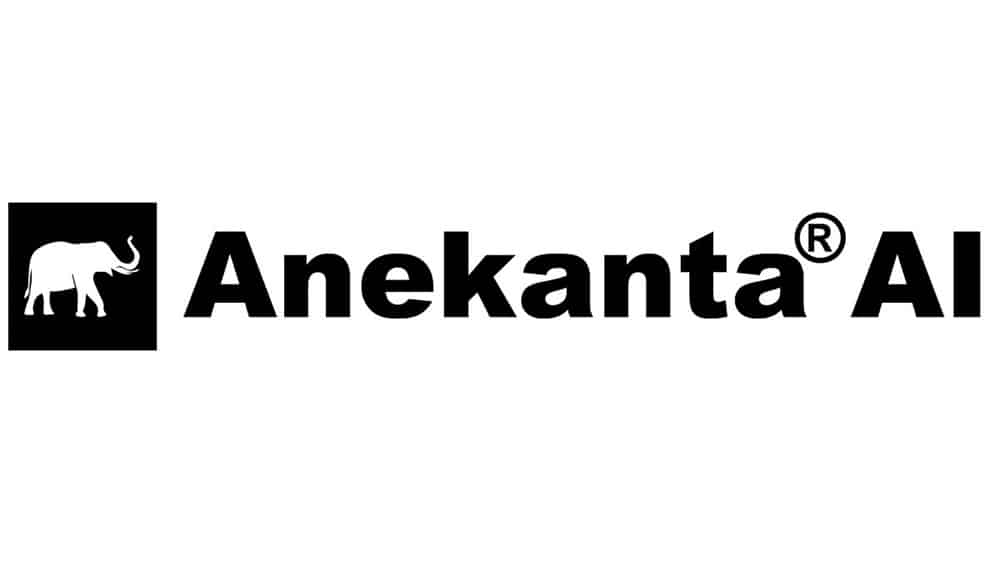Anekanta®, leading providers of responsible AI services, has released a new paper detailing how companies can master their AI strategy. Read the report below.
The challenge of fragmented AI initiatives
In many organisations, AI projects are often managed in isolation by individual departments or teams. This “siloed” approach refers to situations where different functions work independently, without coordination or sharing resources. As a result, teams may duplicate efforts, miss opportunities to leverage shared data or insights, and operate with conflicting goals or KPIs. Anekanta’s extensive experience in the business environment has shown how these silos can stifle innovation and create barriers to achieving strategic alignment. As AI adoption accelerates, while a department-by-department approach to deploying AI solutions can lead to quick wins, it often results in:
Inconsistent decision-making: Departments use varying criteria to evaluate costs, benefits, and risks.
Duplicated efforts: Teams unknowingly work on overlapping AI initiatives, wasting resources. Often, teams are also unaware of existing data sources in other departments that could significantly enhance their AI projects.
Unmanaged risks: Siloed projects can expose the organisation to contractual liability, compliance violations, ethical missteps, and operational inefficiencies.
Data challenges: Multiple data sources, varied software products, differing processes, and misaligned goals or KPIs across departments complicate achieving a cohesive AI strategy and hinder collaboration.
These challenges underline the need for a unified way of doing things that aligns AI investments with broader business objectives and mitigates risks effectively.
Why a unified approach matters
Consistency in the way AI projects are evaluated ensures:
Strategic alignment: AI initiatives contribute directly to the organisation’s goals, whether improving efficiency, reducing costs, or driving innovation.
Enhanced ROI: Resources are allocated to the most impactful projects, avoiding wasted investments in redundant or low-value AI solutions.
Effective risk management: Compliance, ethical, and operational risks are accounted for and managed proactively across all AI projects.
Getting started with your AI strategy
There are a number of ways to achieve alignment. Here are some examples:
Define organisational goals:
Establish clear, measurable objectives for AI adoption that align with your overall strategy.
Example: An insurer might aim to reduce claims processing time by 30% while improving fraud detection rates by at least 15%, ensuring a significant reduction in fraudulent activity.
Standardise ROI metrics:
Develop consistent criteria to evaluate AI success, including cost savings, revenue growth, and efficiency improvements.
Example: Use a shared ROI formula that includes direct benefits and risk mitigation.
Incorporate risk costs:
Account for hidden costs, such as compliance fines, reputational damage, and ethical violations.
Example: A retail chatbot with biased responses could lead to customer dissatisfaction and brand damage.
Centralise decision-making:
Establish a cross-department AI governance committee to evaluate project proposals and ensure consistency.
Example: A logistics firm uses a governance board to prioritise AI investments in fleet management and customer service.
Train decision-makers:
Equip leaders across departments with the tools to assess AI projects through workshops and training programs.
Example: A manufacturing company trains department heads to understand how to apply AI risk frameworks when evaluating AI projects.
The cost of unmanaged risk
Failing to align AI initiatives can be costly. Consider these examples:
Compliance fines: Non-compliance with regulations like GDPR, which can result in fines up to €20 million or 4% of global annual turnover (whichever is higher), or the EU AI Act, where fines may reach €35 million or 7% of global annual turnover (whichever is higher).
Reputational damage: A poorly implemented AI system can lead to public backlash and reputational harm.
For example: The Dutch Government amplified algorithmic discrimination in welfare fraud detection, ultimately leading to the government’s resignation.
The UK Government has been criticised recently in The Guardian over bias in benefits fraud detection.
Various US states implemented a biased system to evaluate Medicaid claims, leading to public backlash.
Rite Aid’s facial recognition system was accused of racial bias, eroding trust in their brand.
Air Canada’s AI-driven customer support system led to misinformation and a seminal case for chatbot liability.
Amazon’s AI recruiting tool was criticised for discriminating against women.
Operational Inefficiencies: Siloed AI projects often duplicate efforts, leading to wasted resources and inconsistent outcomes. Additionally, many projects never progress beyond the Proof of Concept (PoC) stage, stalling due to unclear ROI, lack of alignment, or insufficient cross-departmental collaboration.
The Path forward
Mastering AI strategy requires organisations to adopt a unified approach to both opportunities and risks. By addressing challenges such as siloed decision-making, inconsistent evaluations, and fragmented data management, a company-wide strategy ensures alignment with business goals and compliance requirements. Leveraging frameworks like ISO/IEC 42001 and enhancing AI literacy across the organisation can also drive not only successful AI adoption but sustainable growth.
Anekanta’s services are designed to help your organisation to create an effective AI strategy, ensuring your AI initiatives deliver measurable value while managing risks responsibly.
By adopting a unified approach to AI opportunities and risks, organisations can:
Achieve strategic alignment and maximise ROI.
Mitigate risks proactively.
Scale AI projects effectively across the organisation.
Anekanta’s services can help you achieve this by:
Evaluating AI use cases: Assessing the feasibility and potential ROI of your AI projects to ensure they align with your organisation’s strategic goals.
Reviewing planned software: Providing expert opinions on the suitability and risks of AI software choices before implementation.
Implementing ISO/IEC 42001 standards: Establishing a company-wide AI governance framework using globally recognised standards to unify AI strategy.
AI assurance and audits: Ensuring compliance, ethical practices, and risk mitigation across all AI initiatives.
Our approach combines deep industry expertise with proven frameworks to drive alignment and long-term success in AI adoption.
Depicting working together to create Ai strategy and manage opportunities and risks
Ready to align your AI opportunities and manage risks more effectively?
Contact Anekanta to learn how we can guide your organisation towards mastering your AI strategy for the maximum benefit.
For more Anekanta news, click here





